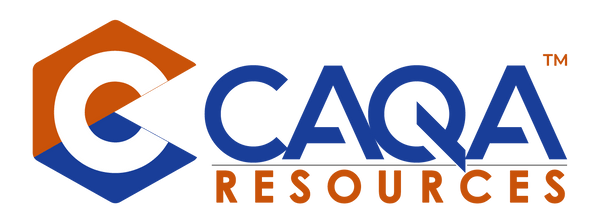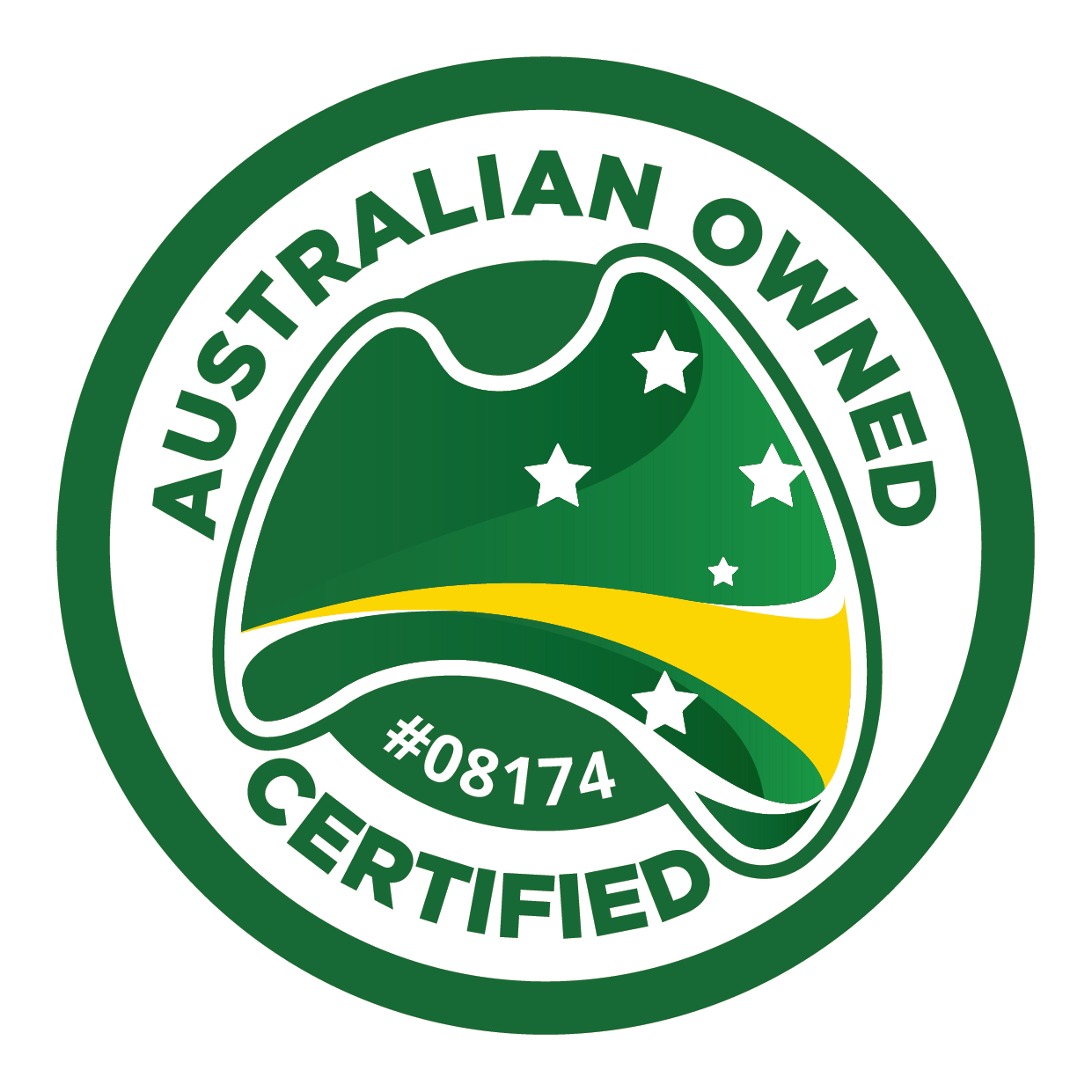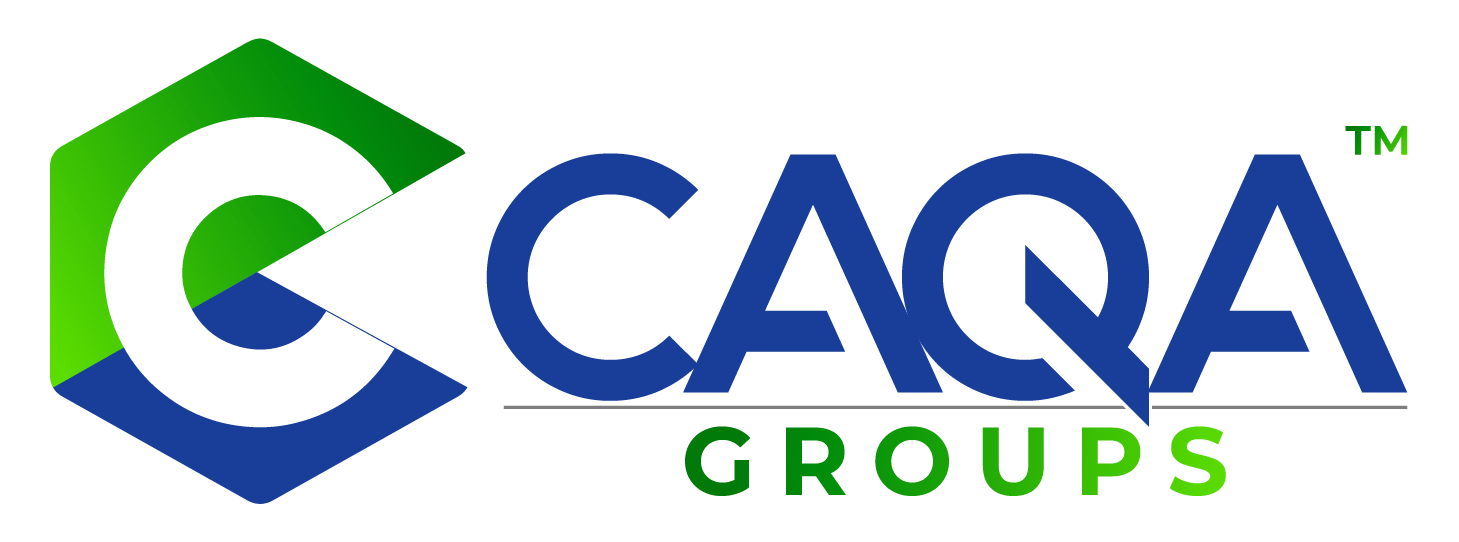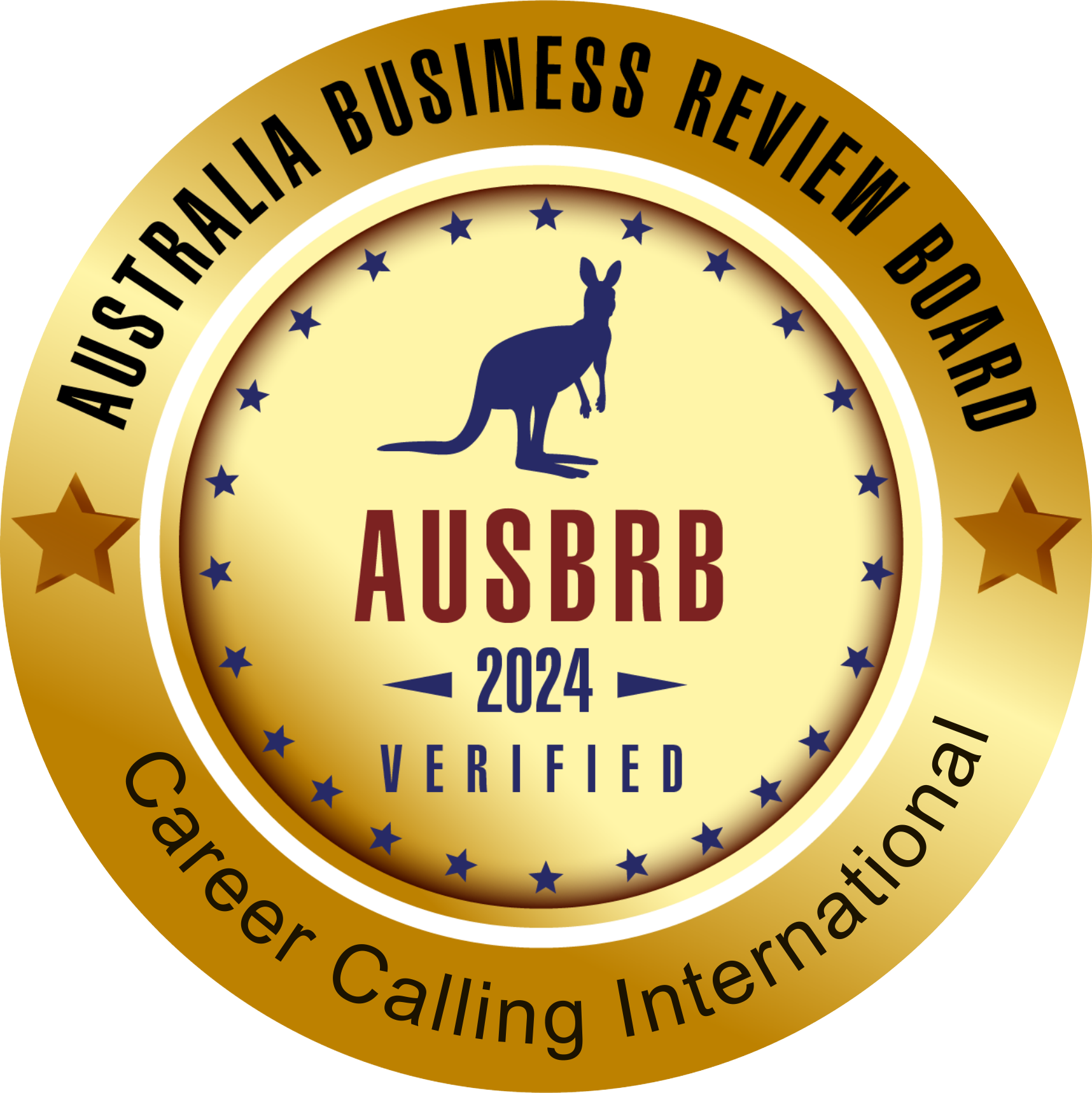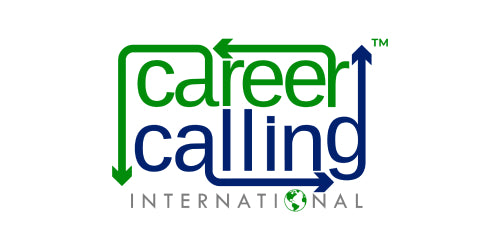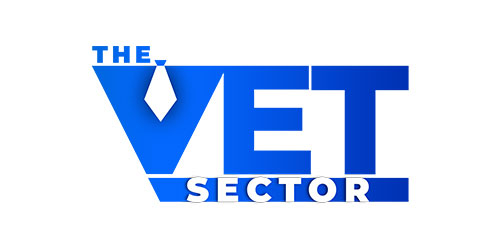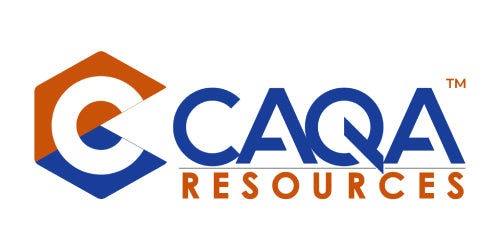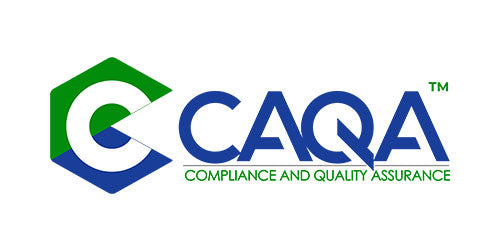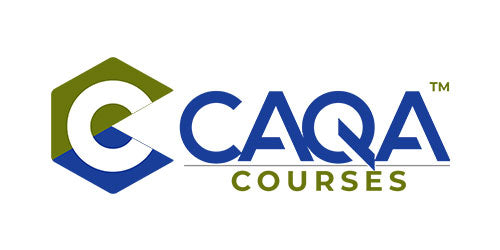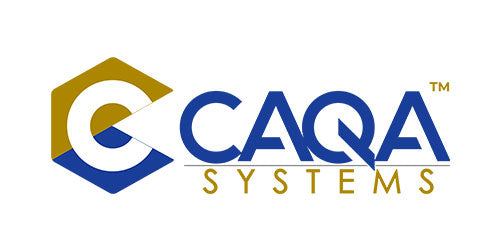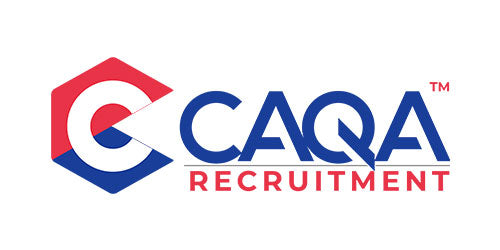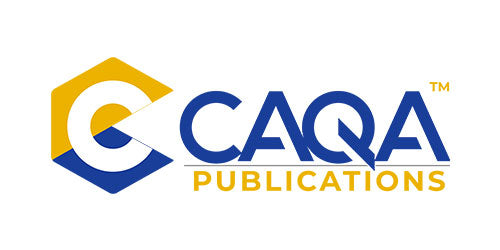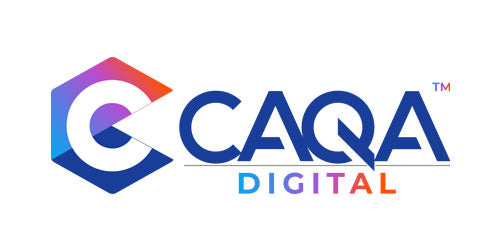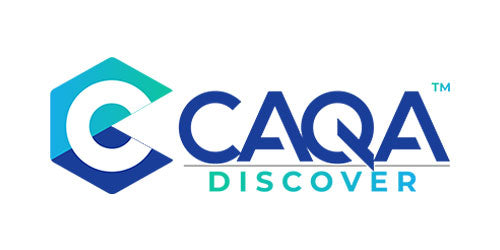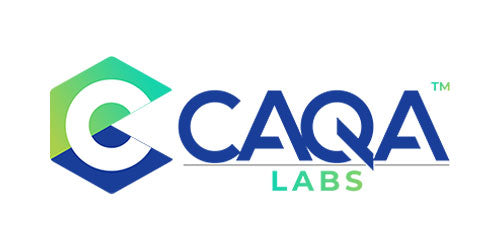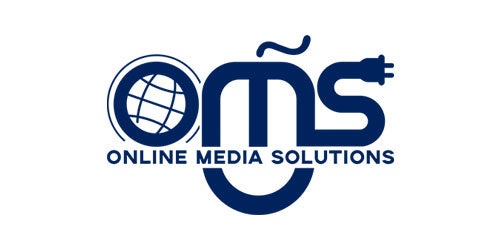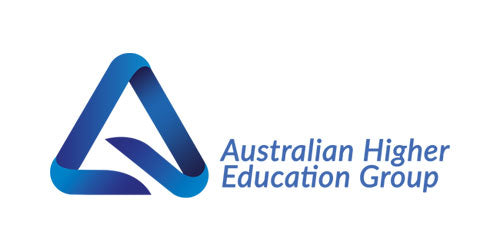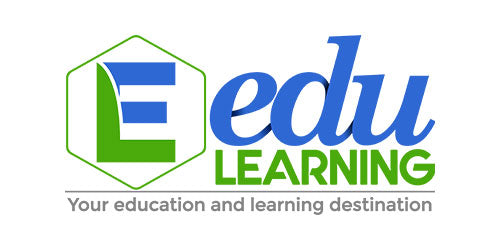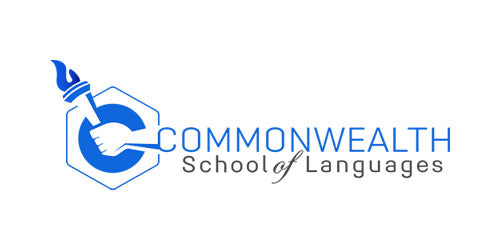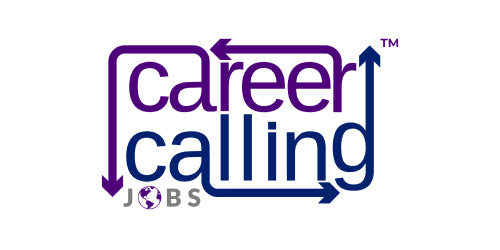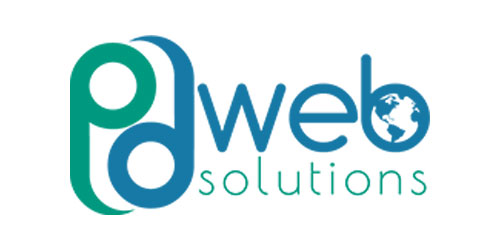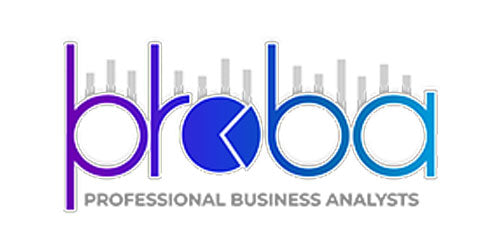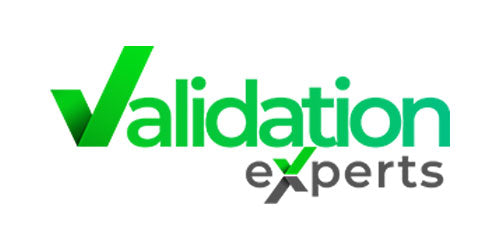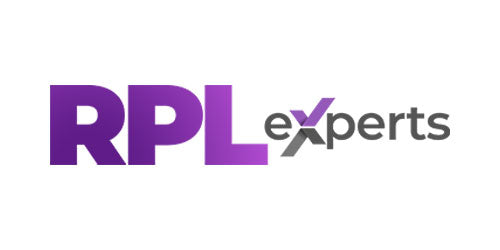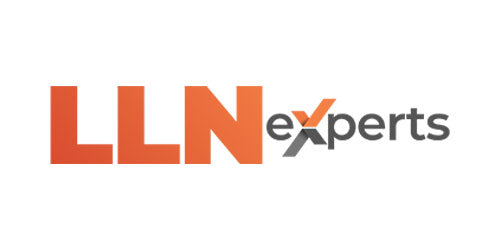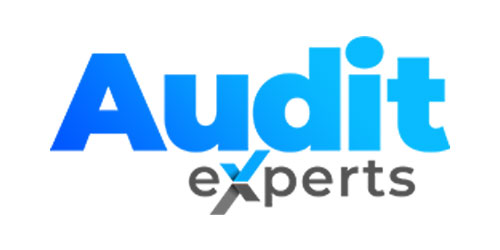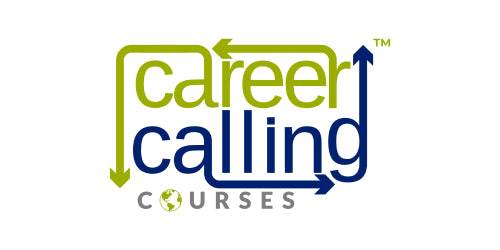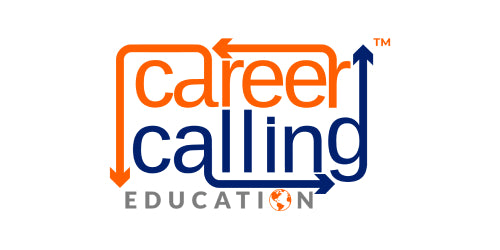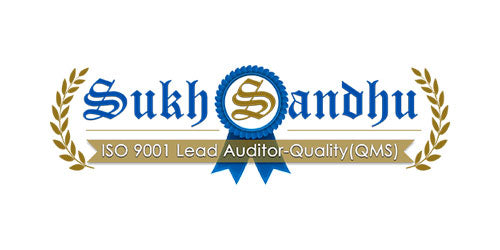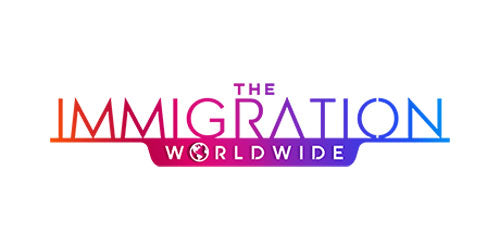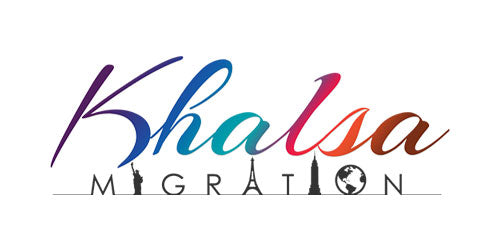What to do if you think someone is infringing on your copyright? - Margaret Ryan (lawyer and trademarks attorney)
The short answer is to speak to a lawyer. But make sure that they are the right lawyer. Copyright law (or, more generally, intellectual property law) is a specialisation. The law is complex, and your lawyer needs to be familiar with it.
A copyright lawyer will guide you through the process, but it typically involves:
- Gathering evidence of the infringement. You may have done this already. Keep any photos or screenshots of websites or purchases of the infringing product that you have made (with the receipt). If anyone has told you that they saw what they thought was your material somewhere else, keep a note of who said this to you, what they said and when. Show it all to your lawyer.
- Trap purchase - Your lawyer may want to obtain further evidence, such as a trap purchase, although this is usually not necessary if the copying can be seen on a website. A trap purchase involves, usually, a private investigator buying a copy of the allegedly infringing material. This can show the identity of the business that sold the material and the date of purchase and, if it becomes necessary, the investigator can give evidence in a Court case.
-
Is there an infringement? - Your lawyer can then advise you whether or not there is an infringement in Australia. Reasons, why there may not be an infringement, include:
- If the alleged infringer has permission to use the copyrighted material – you may need to check within your organisation to see whether there has been a grant of permission.
- Is the material sufficiently close to be a copy? It is not necessary that the whole of your material has been taken, but it is necessary that the part taken is similar to your material.
- Is there a possible defence to copyright infringement? There are quite a number of defences in Australian copyright law, but these usually do not allow copying for commercial use.
- Do you own the copyright? – The only persons who can threaten copyright infringement in Australia are the owner or the exclusive licensee of the copyright. Normally the copyright owner of written and artistic works is the author, or, if the work was created in the course of their employment, the employer. If you commissioned written resources or artwork and the contract says nothing about copyright, normally the author (or their employer) will own the copyright – not you. You need to work out who the author or authors of your material were (if it was not you) and check whether or not you own the copyright. Your lawyer may suggest that you seek an assignment of copyright, to transfer outstanding rights to you. It is possible that you cannot find the author, or they may wish to charge for assigning the rights to you. This is why it is best to get a copyright assignment at the time you engage the author.
-
Letter to alleged infringer - This can either be from your organisation or on your lawyer’s letterhead. Some businesses may send a letter first and only consult a lawyer if these overtures are rejected. However, DIY enforcement is risky, in part because, if it turns out that there was no copyright infringement, or you did not own the copyright, you or your organisation may be liable for your “unjustified threats” of infringement to anyone who suffers loss because of your letter.
A copyright lawyer can “ghost write” a letter to the infringer that is sent on your organisation’s letterhead which may be softer than a legal “letter of demand” (also called a “cease and desist” letter). Alternatively, the lawyer can write a stern letter of demand, requiring the infringement to stop, infringing materials be handed over and may ask for information designed to uncover the amount of profits made by the alleged infringer from its copyright infringement. - After the letter of demand - hopefully the alleged infringer is willing to compromise, and there will usually be settlement negotiations and an agreement signed. Some parties may be prepared to stop but not pay any money. Others may deny infringement altogether. In these last two cases, if after further correspondence from your lawyer, they will not budge, you may consider suing them.
- Litigation (or going to Court) - This can be a very expensive undertaking and you will need to weigh up the pros and cons of litigation with your lawyer. Factors to consider are how much loss you have suffered e.g. from lost sales, has there been damage to your reputation or the exclusivity of your copyright material, how strong is your case legally and how reasonable is any offer from the alleged infringer.
The main remedy that is sought in copyright cases is a Court order to stop the infringement. Most cases settle along the way, but if the case goes to trial and you win, your legal costs may be greater than any compensation that you may receive. If you are successful, the Court will usually order the other side to pay a proportion of your legal costs – but the flipside is that, if you are unsuccessful, you may well have to pay the alleged infringer’s costs. This means that you need to think carefully before you press the litigation button. But, if the stakes are high enough, litigation may be recommended.
Margaret Ryan is a lawyer and trade marks attorney with over 30 years’ experience in intellectual property, including copyright, and consumer protection law, working with organisations to find solutions, maximise the value of their IP and protect their business. IP by Margaret® - www.ipbymargaret.com.au









